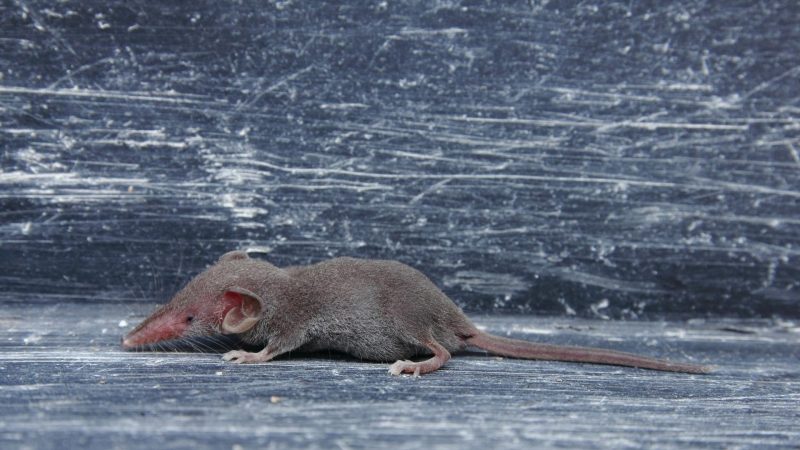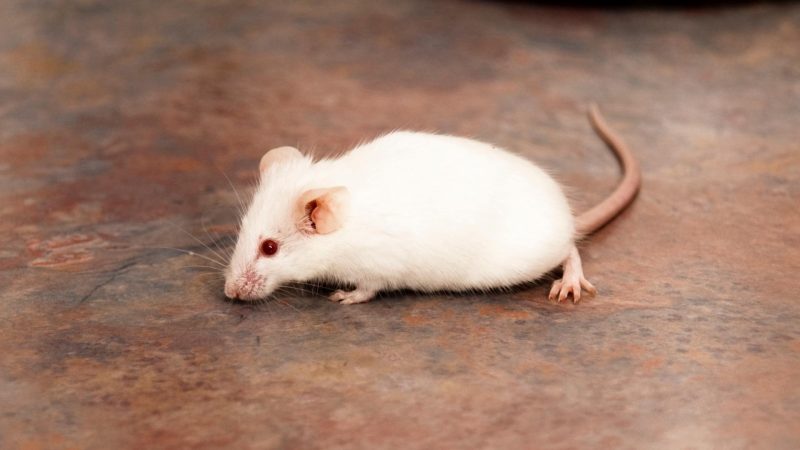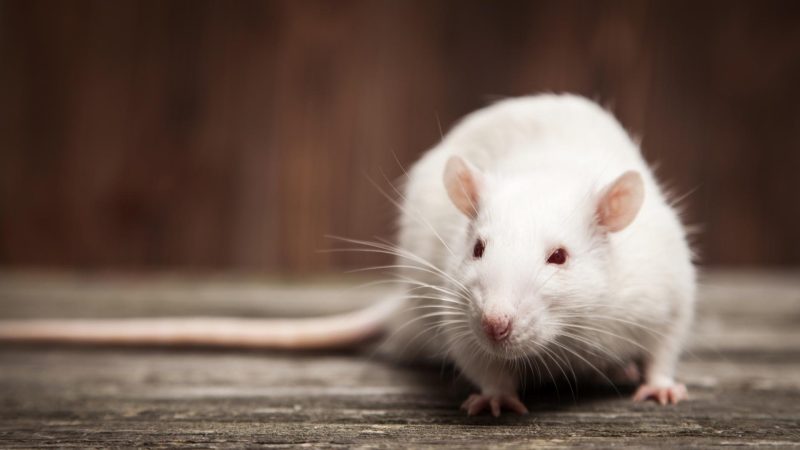Rats and mice infestation is rampant everywhere. They’re considered pests that are not easy to control. Due to the difficulty of eliminating them, you may think about their outstanding longevity.
This article will show you the real story behind their life cycles.
How long do rats and mice live? In the wild, rats can live for a year to four years when in captivity. Additionally, they have a mortality rate of 91% to 97% every year. Generally, the female rats live longer than the males. Mice can live for a year and up to five to six years. The mutant mice under a calorie-restricted diet usually live longer.
As you can see, the lifespan of mice is a tad longer than that of rats. But there’s an interesting rat species called the ‘naked mole rat’ that can live up to 30 days. A study was even conducted to discover the reason behind its longevity.
The small difference between the lifespan of rats and mice is a wonder since they’re both rodents. Are there factors that cause the variations? You’ll know as you read the following part.
Table of Contents
Rat Life Cycle

A mother rat can give birth to 6 to 12 babies. Regarding this matter, rats can start to reproduce at 3 to 5 months. Just like any other rodents, rats are altricial, which means that they open their eyes 15 days after birth.
Furthermore, baby rats remain hairless during the nursing period. After two weeks, they begin to explore their nest as their eyes and ears are open. It’s also the time that their fur starts to grow.
They can be on their own in a matter of 3 or 4 weeks. Once they become independent, they will live and mate with other rats. Some stay in the place where they were born, and others move to other areas.
If the mother rat knows how to avoid traps and rodenticide, the offspring inherits her skills.
Rats live in colonies where there’s a dominant male and some females. The male can mate with different females. There are usually two to three females that are dominant to other members except for the dominant male.
They’re known as more aggressive than males. But the dominant male is revered as the successful breeder. When there’s an ideal environmental condition, producing offspring can happen all year round.
What Is the Average Lifespan of a Rat?
The average lifespan of a rat is three or four years.
How Long Do Rats Live In Your House?

Rats can live for three years in your house since they’re safe in it.
How Long Do Rats Live In the Wild?
Rats can live for a year in the wild.
Life Cycle of a Mouse
Both male and female mice are sexually mature at 5 to 7 weeks. The breeding process continues the entire year. However, it depends on environmental conditions like supply and quality of food.
These factors have something to do with survival, frequency of pregnancy, and litter sizes. An ideal condition allows female rats to conceive up to 12 babies at a time and a total of 50 offspring in a year.
The baby mice are born blind and naked, just like other rodents. But it only takes 10 days for them to be fully covered with fur. On their fourteenth day, they can open their eyes.
They’re weaned in the third week. At this point, they start taking short trips and eating solid food. Even though they’re great runners, jumpers, and climbers, they don’t go far away from their nest beyond 50 feet.
The babies are under their mother’s care for 21 weeks, then they leave the territory, but most females stay behind. A male mouse builds a territory with several females together with their babies.
Subordinate males can also join the group. Aggression among mice is not a prominent trait, but they’re determined to protect their nest from outsiders.
What Is the Average Lifespan of a Mouse?
The average lifespan of a mouse in the wild is a year or a year and a half. When in captivity, the average lifespan is two years.
How Long Do Mice Live In Your House?

According to Michael F. Potter, an entomologist from the University of Kentucky, a mouse can adapt well and live in your house for a year.
It usually migrates during fall in your house for the need of food, shelter, and warmth. Once they’re established inside, it will be hard to control them.
How Long Do Mice Live In The Wild?
Mice live for a year or a year and a half in the wild.
How Long Do Rats and Mice Live Without Food and Water?

Based on the Food Regulation and Restriction in Rodents set by the Institutional Animal Care and Use Committee to laboratories, depriving rats and mice of food for 24 hours causes particular behavioral and physiological adaptations.
Prolonging this practice to 48 to 72 hours requires presenting scientific justification. A study about laboratory mice and dehydration adhered to this regulation.
Rat’s population is the lowest during winter due to scarcity of food. Nevertheless, the challenge for them is water intake since they can’t last long without water.
They can’t stand without any water for 48 hours. Every rat needs an ounce of water daily, and it can endure having no food for four days.
On the other hand, mice can survive in a dry area. It’s manageable for them to get water from the food that they eat.
For instance, they can obtain water from herbaceous plants. Moreover, mice have the habit of sampling food, which plays a part in their survival.
Aside from feasting on human food for sugar, fat, and protein, they also eat soap and glue. Also, they nibble on everything that they come across to find out which ones they like best.
Mice even rummage freezers to gobble frozen foods. Although they like to munch on things, they will perish in three or four days without food.
How Long Do Rats and Mice Live After Eating Poison?
Rodenticides are pesticides formulated for eradicating rats and mice. They don’t refer to a specific solution because different kinds are available in the market.
Therefore, the effect varies as well. Some gradually get into the rodent’s system, while others instantly take effect.
Check the label to know the different rodenticides, and they are as follows:
Anticoagulant
The primary effect of an anticoagulant is internal bleeding. Though it may not be visible from the outside, symptoms are coughing, vomiting, bleeding gums, bruising, stool with black, tarry blood, abdominal distention, and paleness.
Rats and mice will experience some of these for 4 to 6 days before dying. This is a common rodenticide, and the leading brands are JT Eaton and Neogen.
Bromethalin
Signs of ingesting Bromethalin appear in 8 to 12 hours, like seizures and muscle tremors. After ingestion, these adverse effects can go on for a week or more before the rodents die.
Cholecalciferol
This rodenticide is toxic from one-time or routine exposure. The rodents feel weak, then the symptoms will progress into constipation, frequent urination, increased thirst, and vomiting.
These things occur within 12 to 36 hours after exposure. In just a day or two, the kidney fails and the rodent may die.
Zinc Phosphide
After an hour of ingesting this poison, rats and mice can vomit. It makes them feel weak and struggles with breathing. However, the toxicity sometimes delays around four to eighteen hours.
It means that the rodents have some hours to live after they ate this poison.
Strychnine
This pesticide only gives two hours for the rats and mice to live. Thus, this is the fastest-acting rodenticide. It ends an animal’s life by impairing its breathing. Before it happens, the victim experiences involuntary muscle spasms.
Summary
There are different reasons why rats and mice may live longer or not. Typically, those that are in captivity live longer, while the ones that dwell in the wild can have a shorter lifespan.
The rate of reproduction also depends on environmental conditions. Furthermore, the ideal surrounding prolongs their lifespan. But human interference can end their lives by control measures.